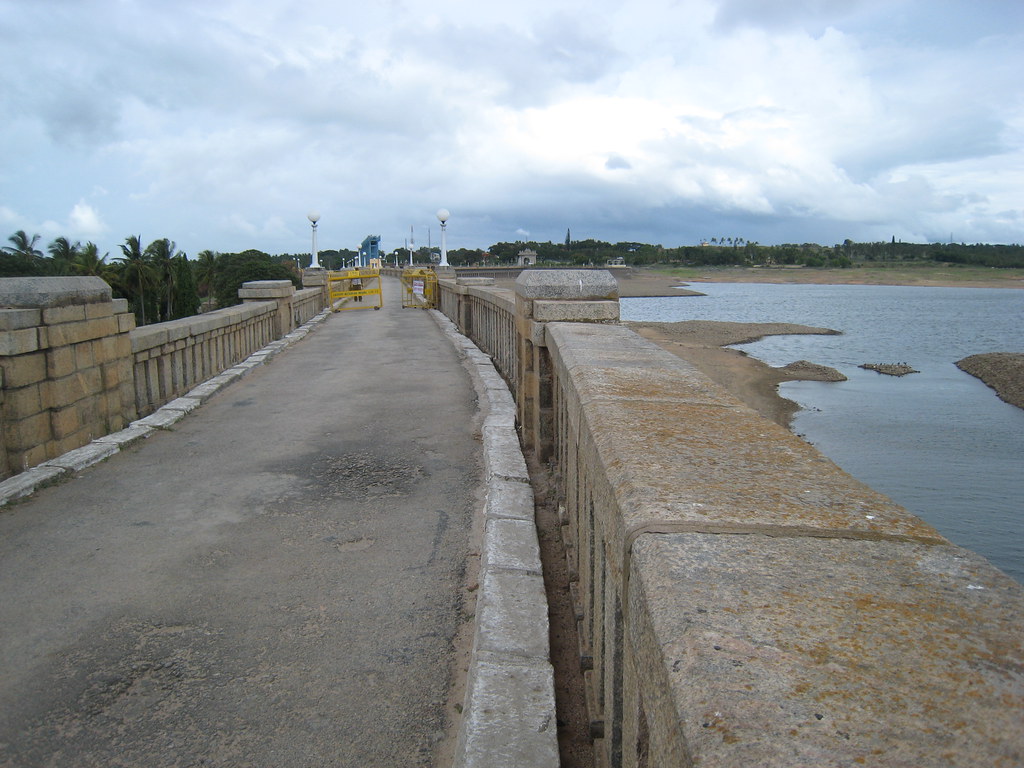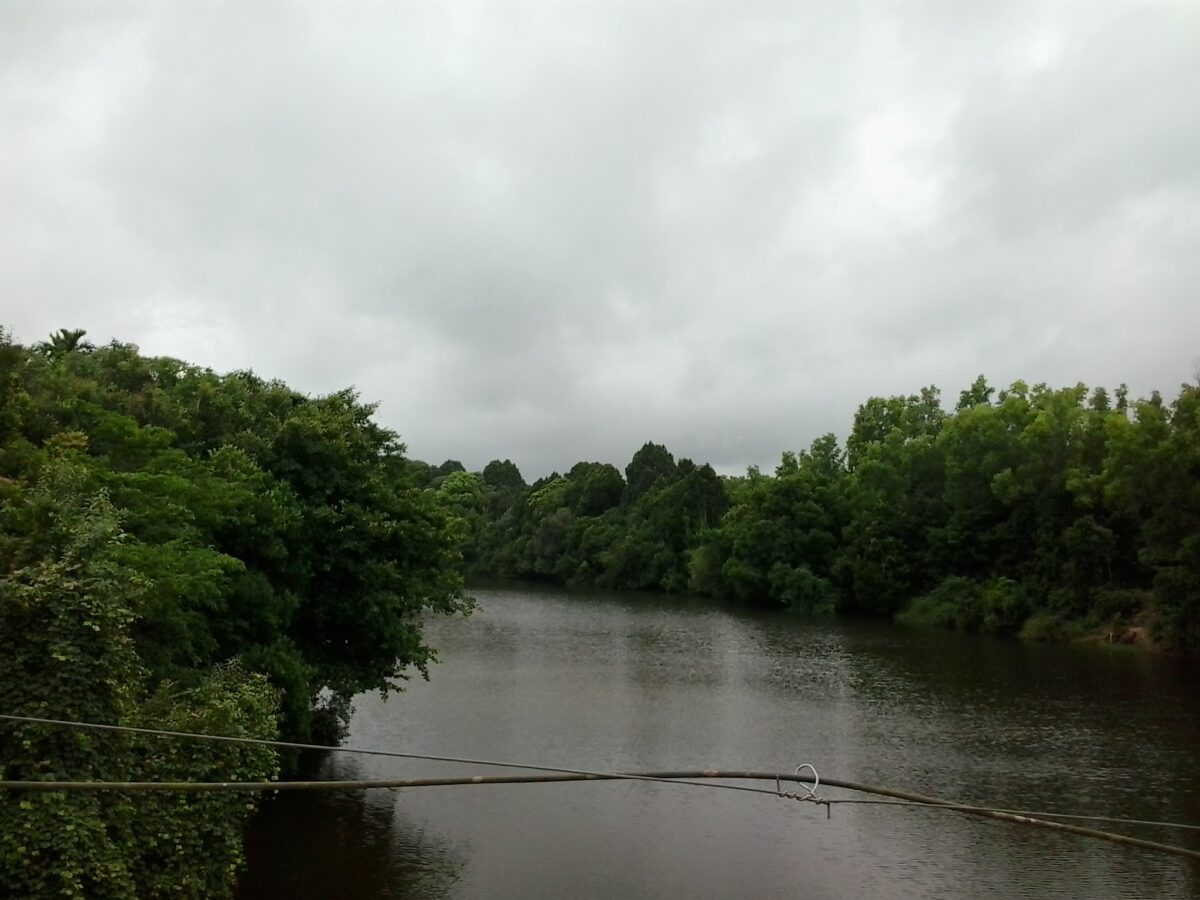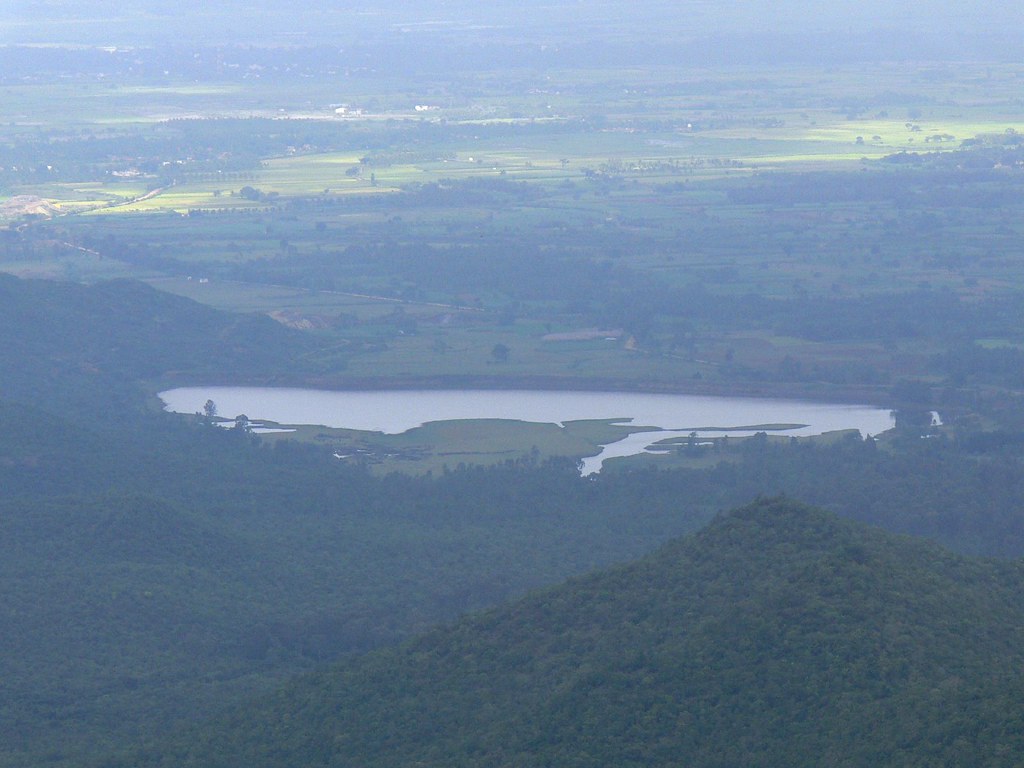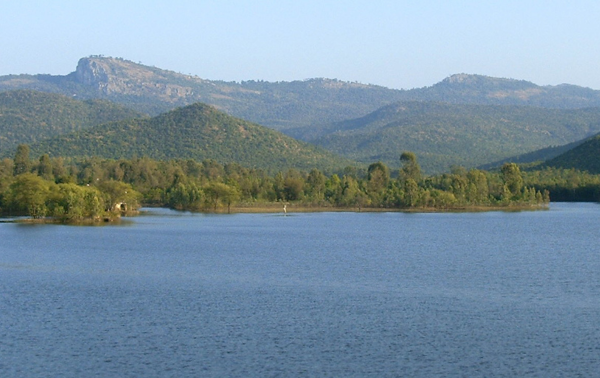Karnataka, a state cradled by the Western Ghats and blessed with mighty rivers, boasts a unique legacy – its reservoirs. These aren’t just shimmering lakes; they are the threads that weave together the state’s history, culture, and very existence.
The reservoirs of Karnataka stand as monumental structures that have shaped the state’s landscape and livelihoods for generations. These water bodies, born out of necessity and ingenuity, hold within their depths a rich tapestry of history, culture, and resilience.
The history of Karnataka’s reservoirs is intertwined with the state’s quest for water security and agricultural prosperity. The Katté, a smaller, community reservoir often built across streams had villages nestled around them, people’s lives intricately linked to the water’s rhythm. The Harangi Dam, nestled amidst the verdant hills of Chikkamagalur, was originally built in the 1900s as a series of such kattés. Back then, these reservoirs weren’t just for irrigation; they were the center of village life. Women would fetch water for their homes, children would play on the banks, and the community would gather for festivals like Ganesha Chaturthi, celebrating the life-giving water.

Moving beyond village needs, we encounter the majestic dams – a testament to large-scale water management. Imagine the imposing sight of the Krishnaraja Sagar (KRS) Dam, built across the Cauvery river in the early 20th century. This engineering marvel, commissioned by the visionary ruler Krishnaraja Wodeyar IV, not only irrigated vast tracts of land but also generated hydroelectric power, a novelty at that time. The reservoir behind the dam, fed by the gushing Cauvery, transformed the arid plains of Mysore into fertile agricultural land. KRS Dam wasn’t just a structure; it was a symbol of progress and prosperity. Even today, the KRS Dam remains a vital source of irrigation and power, but also a popular tourist destination, its Brindavan Gardens a dazzling spectacle of light and water.
Structures like the Krishna Raja Sagara dam, built across the Cauvery River, and the Tungabhadra dam, constructed on the Tungabhadra River, are testaments to the vision and engineering prowess of their creators. These reservoirs were envisioned to harness the monsoon rains and provide a lifeline to the arid lands of Karnataka. In bygone eras, these reservoirs were not just engineering marvels but lifelines for communities that depended on agriculture for sustenance. The Krishna Raja Sagara dam, for instance, not only facilitated irrigation but also heralded a new era of agricultural productivity in the region. The Tungabhadra dam, on the other hand, brought prosperity to the lands along its banks, transforming barren tracts into fertile fields.

Today, Karnataka’s reservoirs continue to play a vital role in the state’s water management and agricultural practices. These structures are not just sources of irrigation but also symbols of Karnataka’s resilience in the face of water scarcity and climatic uncertainties. The reservoirs have become integral to the socio-cultural fabric of the state, with festivals and rituals often centered around these water bodies. However, the story of Karnataka’s reservoirs is not without its challenges. The once-teeming Cauvery delta now faces water scarcity due to disputes with neighbouring states. The rapid urbanization of Bengaluru has put immense pressure on water resources, highlighting the need for sustainable water management practices. This is where heritage conservation comes in. Restoring these reservoirs isn’t just about preserving structures; it’s about reviving a culture of water stewardship.
Efforts to conserve and protect Karnataka’s reservoirs are gaining momentum, driven by a recognition of their historical and ecological importance. Organizations and local communities are working towards preserving these structures, recognizing them as heritage sites that embody Karnataka’s engineering heritage and traditional water management practices. The reservoirs are not just concrete structures but living monuments to Karnataka’s past and guardians of its future. The lessons etched in these reservoirs are crucial for the future. They offer a blueprint for integrated water management – combining traditional knowledge with modern technology. The kattés, with their focus on localized water harvesting, offer valuable insights for a water-stressed world. The larger dams, with their focus on irrigation and power generation, highlight the need for efficient water distribution and responsible resource utilization.

A better future lies in a balanced approach that combines preservation with innovation. By integrating traditional water management techniques with modern sustainable practices, Karnataka can ensure the longevity and functionality of these vital structures. Rainwater harvesting, watershed management, and community-led conservation efforts can all contribute to the revitalization of these reservoirs. These reservoirs remind us of the importance of water conservation, sustainable development, and the need to adapt to changing climatic conditions. By learning from these structures, we can chart a path towards a more water-secure and resilient future for Karnataka and beyond. In conclusion, Karnataka’s reservoirs are not just concrete edifices; they are living embodiments of a heritage that continues to shape the state’s identity and prosperity. As Karnataka navigates the challenges of water management in the 21st century, these ancient marvels stand as beacons of inspiration, guiding us towards a future where tradition, innovation, and sustainability coexist harmoniously.
By – Sulagna Maitra
Sources:
